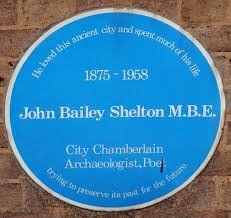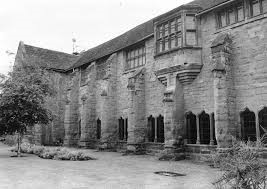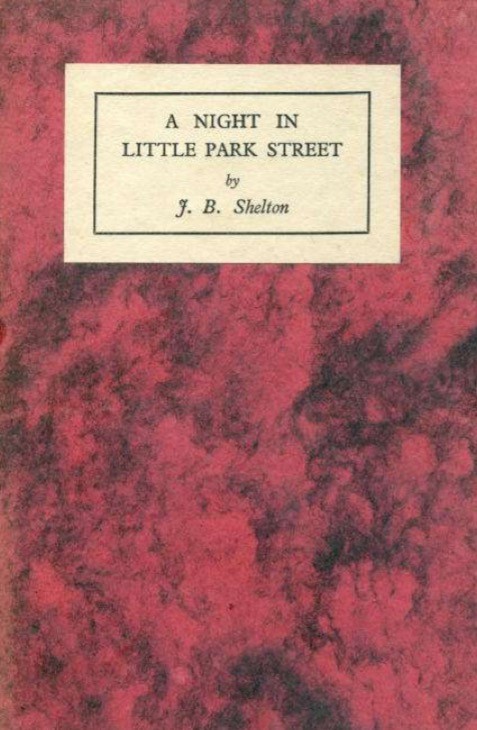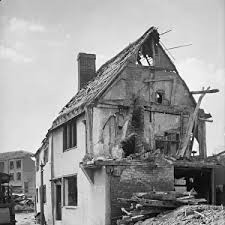CovSoc member, Peter James, tells us about on of Coventry’s best known archaelogists. Peter writes…

John Bailey Shelton was born on 19th March 1875 in Kirby Woodhouse a small hamlet located between Nottingham and Mansfield. The son of a farm labourer one of eleven children. At the age of eleven he left home to live and work at Labour in Vain Farm situated on the edge of Rufford Forest. He earnt a shilling a week plus board. A year later while visiting the Nottingham Goose Fair he met the squire of Annesley Woodhouse who employed him as a shepherd.
Move to Coventry
Aged 22 he moved to Coventry in 1897 where he found employment as a drayman at the London North Western Railway. After lodging in Thomas Street he moved to Greyfriars Lane.

He married Mary Catherine Ashton a ribbon weaver before moving to Cow Lane where his son Bailey was born. At his next address in Sackville Street his daughter Kathleen was born.
By 1907 John had managed to save £100 which enabled him to set up a haulage business with Bushills the cardboard box maker as his first customer. His final move was to Little Park Street where there was enough room for him to keep his horses.
In 1923 he was selected to the Board of Guardians where he took a keen interest in helping the poor. The residents of the workhouse were a major concern to him. The Guardians had acquired Whitefriars a former Carmelite friary on Gulson Road in 1801 and converted it into a workhouse.

An Accident
An unfortunate event in 1926 had a major impact on his life. He broke his leg but spent his time in hospital and later convalescing, both reading and researching. After this he became an amateur archaeologist and as medieval buildings were demolished in the 1930s he found relics, pottery, leatherwork and even part of a Saxon cross. These items were stored in a shed behind his house and he named it Benedictine Museum. He wrote regular articles and was soon in great demand as a public speaker.
The Blitz
John wrote a book “A Night in Little Park Street” in which he describes the blitz between 14th and 15th November 1940. He and his neighbour Mr. Shepherd spent the whole time outside their properties. They tried to protect horses in the stables and their own premises.

By 11.30pm both of their houses had been destroyed but some sheds and the stables were still intact. At daybreak his wife who had spent the night safely in a shelter emerged. Ironically she went to speak to people from another shelter when a bomb exploded. She was swept off her feet into some horses, hit by falling masonry and seriously injured but survived. Their house including his library had been destroyed but his collection had been saved. Not all the horses were saved but he later received the Queen Victoria Medal from the RSPCA in recognition of his bravery.

After the Blitz
Shortly after the bombing John and his wife moved into a caravan on their land in Little Park Street. Eventually they moved to a property in Priory Street which was believed to be built over the old St. Michaels Cemetery. 1944 saw his appointment as City Chamberlain of Coventry with an honorarium of £100 per annum. As well as being a janitor at St. Mary’s Hall his duties also included acting as a visitors guide there. Unfortunately soon after in 1946 John’s wife Mary who had been injured in the blitz died.
Recognition
At the age of 81 in 1956 he was awarded the MBE for his services to Archaeology, Local history and the people of Coventry. While out walking in the city he was hit by a motorcycle and died about a week later on 29th November 1959. On 9th March 1960 when the Herbert Art Gallery & Museum was opened his archaeological collection formed the nucleus of the museum. Shelton Square in the city centre and John Shelton Primary School in Holbrooks are both named after him.
